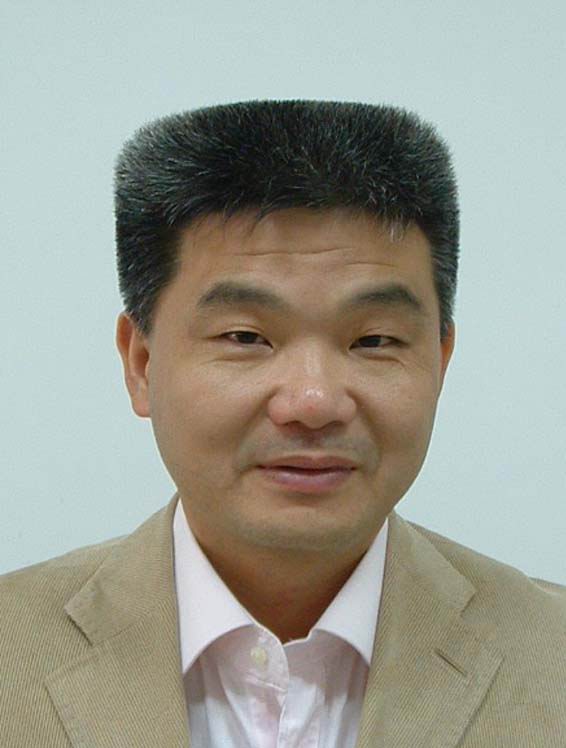
SPEAKERS |
Prof. Gangmin Ning Zhejiang University,China | Profile: Gangmin Ning obtained degree of Bachelor and Master in Biomedical Engineering from Zhejiang University, China, and degree of Dr.-Ing in Biomedical Engineering from Ilmenau University of Technology, Germany. He is currently a Professor in the Department of Biomedical Engineering at Zhejiang University, China. Also he holds positions as a Visiting Professor at Charité Medicine Center, Germany, and Guest Professor at Capital University of Physical Education and Sports, China. He serves as the vice Chairperson of the Microcirculation Society of China and the Deputy Director of the Engineering Research Center for Electronic Medical Records and Intelligent Expert Systems, Ministry of Education, China. He is a Senior Member of IEEE and the Chinese Society of Biomedical Engineering. His main research areas encompass mathematical models for physiological system, artificial intelligence in medicine, and rehabilitation technologies for elderly. He achieved one first prize and three second prizes of Science and Technology Progress Awards, Zhejiang Province, China. Title: Enhancing ICU Treatment Outcomes by Machine Learning Models Abstract: In the intensive care unit (ICU), sepsis and acute respiratory distress syndrome (ARDS) stand out as the most prevalent syndromes, contributing to elevated mortality rates. To enhance the efficacy of clinical interventions, it is crucial to forecast patient prognoses and administer optimal strategies. However, ICU data are characterized by their intricate nature, owing to the diversity of disease patterns, asynchrony in information, incomplete clinical features, and more. To address these challenges, machine learning models were developed for improving ICU treatments. With the strengths of an ensemble framework comprising various machine learning algorithms, a series of models were formulated. They were utilized to evaluate the mortality in ICU patients and recommend optimal interventions within appropriate timeframes. The models were evaluated by the acknowledged ICU admissions database, Medical Information Mart for Intensive Care III (MIMIC-III). In comparison to conventional methods, the models have demonstrated remarkable enhancements in dynamically predicting sepsis-related mortality, warning potential failures in non-invasive mechanical ventilation therapy and suggesting opportune instances for clinical interventions. Personal link: https://person.zju.edu.cn/en/0090078#0 |
Prof. Ziyuan Wang Jiangsu Normal University | Personal link: https://life.tongji.edu.cn/03/3a/c12618a131898/page.htm Title: Development of Emergency Drugs for Acute Myocardial/Cerebral Infarction Abstract: Acute myocardial/cerebral infarction is the world’s biggest killer, with the WHO reporting over 25 million deaths in 2019 and nearly 3 million annual fatalities in China. Many survivors experience physical disabilities, imposing significant societal and familial burdens.The use of thrombolysis and percutaneous coronary intervention within the "golden three hours" after the onset of an acute ischemic infarction can achieve a more satisfactory first aid effect.However, a significant number of patients are unable to be rescued within the "golden three hours", leading to downstream tissue damage due to ischemia and hypoxia, resulting in irreversible damage, severe disability, and even loss of life. Only after successfully surviving this critical period can patients then receive treatment with thrombolysis or other interventional therapies in the hospital. The entire period from the onset of the patient to vascular opening and reperfusion represents a critical phase in first aid. Currently, there is a lack of effective first aid measures, highlighting the urgent need for the development of a unique emergency remedy. Our team has pioneered a radical innovation mechanism known as "ischemia without hypoxia" emergency medicine, which has the potential to address this gap in current medical practices. Purified hemoglobin retains its capacity to bind and transport oxygen, forming nano-scale oxygen carrier particles only a few tens of the diameter of red blood cells. These particles can easily pass through thrombosis sites that are inaccessible to red blood cells, providing immediate tissue oxygenation in the early stages of a patient's disease and effectively mitigating hypoxia-induced injury, thereby reducing patient mortality and disability rates. The emergency treatment for acute myocardial/cerebral infarction is a novel first-in-class drug based on human hemoglobin, representing a blue ocean investment opportunity in an uncontested market. |


